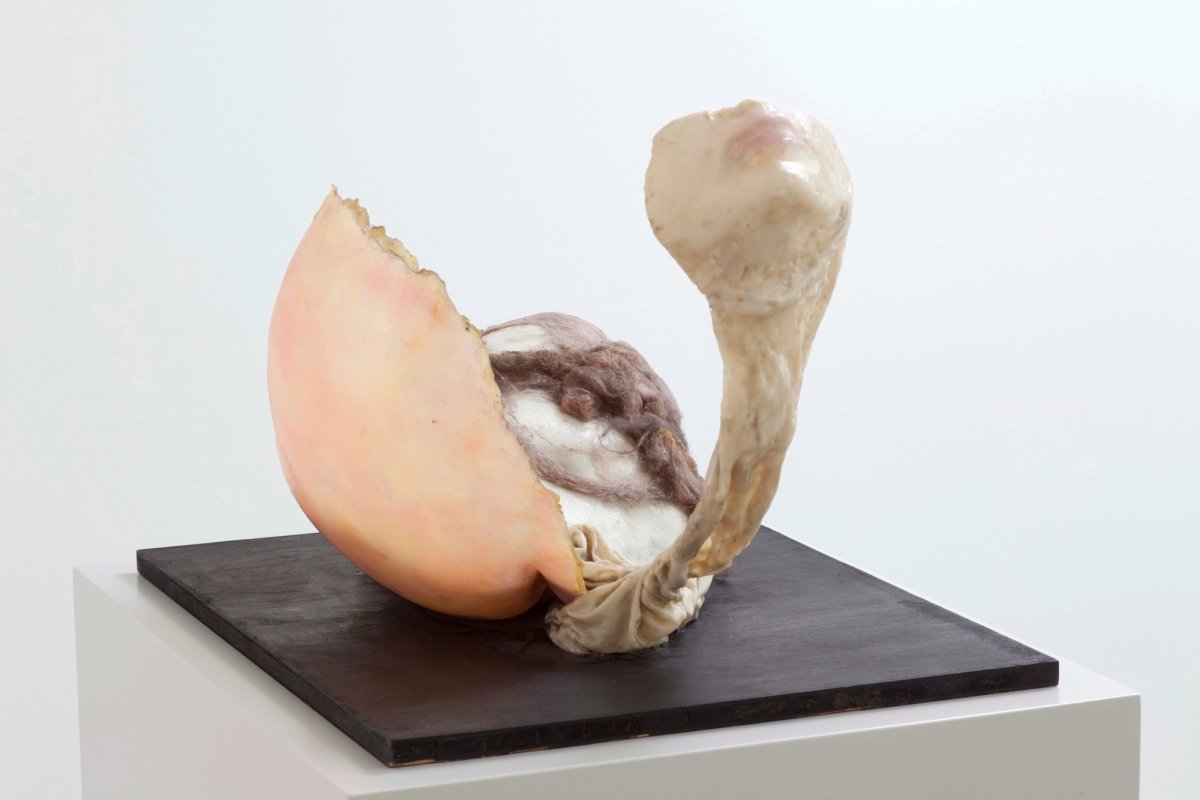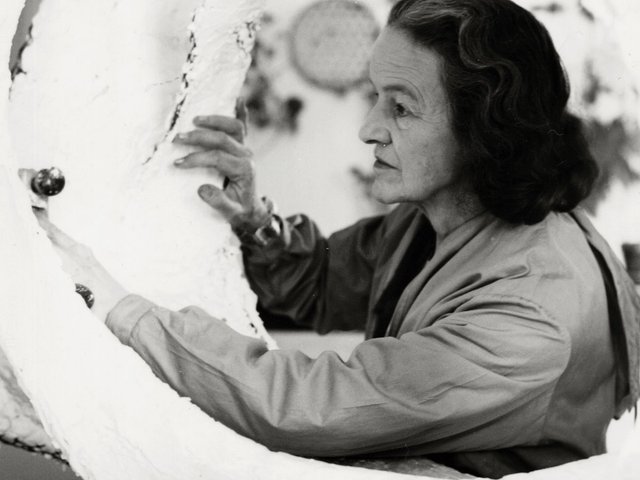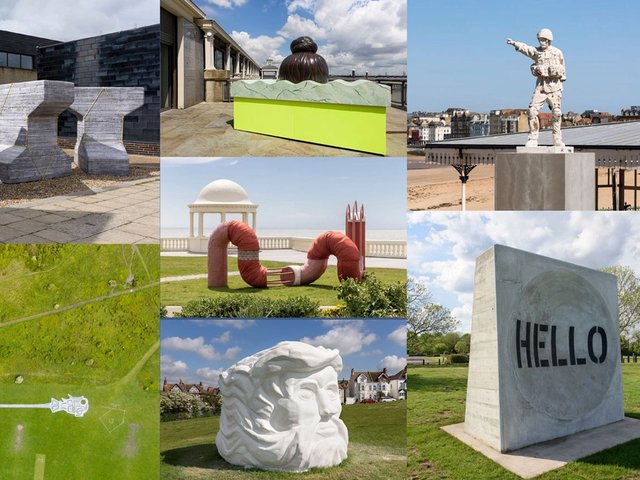Which 20th-century artist mingled with the film director Roman Polanski and the movie star Julie Christie, represented Poland at the 1962 Venice Biennale and was the surprise hit at Documenta14 in Kassel this summer?
Alina Szapocznikow, who died in 1973 after suffering from breast cancer, is arguably one of the most important, but overlooked, artists of the 20th century.
The first major survey of works by Szapocznikow held in the UK at the Hepworth Wakefield in West Yorkshire (Human Landscapes, until 28 January 2018) includes more than 100 sculptures and drawings. The story of Szapocznikow is one that Andrew Bonacina, the chief curator at Hepworth Wakefield, has been “wanting to tell for a number of years”, he says.
Many works are drawn from major private and public collections in Poland, including the National Museum in Warsaw and the Muzeum Sztuki in Lodz. The Greek billionaire collector Dimitris Daskalopoulos has loaned a 1971 sculpture incorporating a photograph entitled Souvenir II. A piece made of nylon tights, polyester and resin (Untitled Fetish VII, 1971) comes from the Ursula Hauser collection in Switzerland.
As a teenager, Szapocznikow was interned in the Pabianice and Lodz ghettos and later at the Auschwitz and Bergen-Belsen concentration camps. “Her experiences left her acutely aware of the fragility of the human body,” the exhibition organisers say. Important early pieces on show include Exhumed (1955), which resembles a charred body, recalling the ossified figures found at Pompeii.
In the 1950s, Szapocznikow’s star rose; she won numerous commissions to create monuments to the Holocaust and World War II, and was even filmed for French television by Polanski in her Warsaw studio in 1957. A turning point came in 1962 when she began using casts of her own body in her sculpture. The first cast made directly from her torso greets visitors to the exhibition; the startling work, Leg (1962), can also be seen in a large-scale photograph, placed on a plinth in her atelier.
From 1966, Szapocznikow incorporated lips and breasts into a range of works that also concealed electric lamps. These quirky pieces, made from casting body parts in coloured polyester resin, straddle Surrealism and Pop Art (Julie Christie’s pouting lips were apparently used for the Lampe-Bouche [Illuminated Lips] works made in 1966).
A breast cancer diagnosis in 1969 changed her outlook and practice, however. Tumour-like forms proliferate her work during the final phase of her life; Alina’s Funeral (1971), a bulbous wall sculpture, comprises a series of alien-esque sacs that contain photographs of the artist and family members, embedded in layers of gauze and polyester.
In 1972, a year before her death, Szapocznikow called her creations “awkward objects” in a summing up of her aims and ideals. Bonacina says: “It’s a beautiful phrase that perfectly sums up her sculptures that always seem somewhat on the verge of collapse.”




